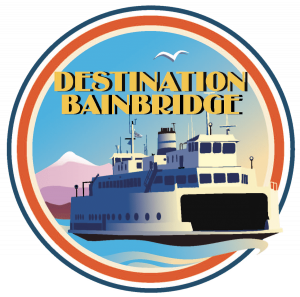Step into History
Native American tribes, English explorers, American settlers, and Asian immigrants all contributed to creating the rich and unique culture on Bainbridge Island today. Make some time during your visit to step in our deeply rooted and storied history, spanning over 2,000 years.
